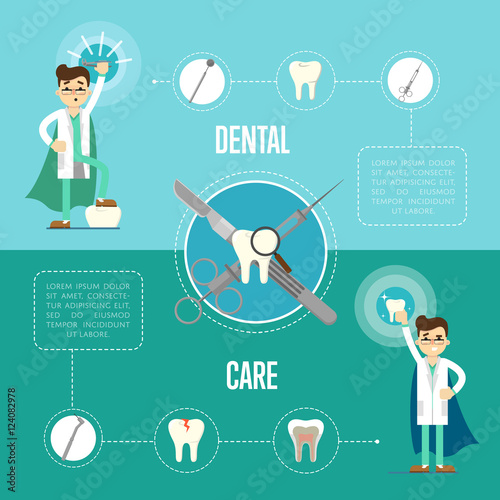Taking Instant Steps Is Vital When Dealing With A Knocked-Out Tooth
Taking Instant Steps Is Vital When Dealing With A Knocked-Out Tooth
Blog Article
Web Content Develop By-Lund Kragh
If you find yourself in the unfortunate circumstance of knocking out a tooth, understanding the prompt actions to take can make a substantial distinction in conserving your tooth. Managing it properly and acting quickly are crucial in raising the possibilities of effective re-implantation. Yet what should you do next to make sure the most effective outcome for your knocked-out tooth?
Handling the Knocked-Out Tooth
If you have actually knocked out a tooth, handle it thoroughly to boost the chances of effective reattachment. Initially, find the tooth and pick it up by the crown, preventing touching the origin. It's essential to maintain the tooth damp, so preferably, attempt to delicately place it back into the outlet.
If that's not viable, save the tooth in a container with milk or your saliva to maintain it moistened. Keep in mind not to scrub or tidy the tooth with any type of chemicals, as this can harm the delicate tissues needed for reattachment.
Stay clear of wrapping the tooth in tissue or towel, as this can lead to dehydration. Time is of the essence, so look for oral treatment promptly. The longer the tooth is out of its outlet, the lower the possibilities of effective reimplantation.
Immediate First Aid Tips
Start by gently washing your mouth with lukewarm water to clean the location around the knocked-out tooth. https://www.digitaljournal.com/pr/news/ampifire/colorado-springs-teeth-whitening-for-fluorosis-cosmetic-dental-treatment-update will certainly help get rid of any dust or debris that might be present. Be careful not to scrub or touch the origin of the tooth, as this can cause additional damages.
Next, preferably, attempt to place the tooth back right into its socket. Hold it in position by carefully biting down on a clean piece of gauze or fabric. If you can not return the tooth, do not compel it. Instead, maintain it wet by placing it in a cup of milk or saline service. Prevent keeping the tooth in water as it can damage the root cells.
To manage any bleeding, use gentle stress to the location making use of a clean gauze or cloth. You can additionally use a cold compress to reduce swelling and alleviate pain. Keep in mind to take over the counter pain medication as needed.
Looking For Emergency Situation Dental Care
When handling a knocked-out tooth, seeking emergency dental care immediately is critical to increase the possibilities of saving the tooth. Contact your dental practitioner right away or head to the local emergency dental facility. Time is important in such circumstances, as the quicker you receive therapy, the greater the possibility of successful re-implantation.
Emergency oral care providers are furnished to take care of dental emergency situations, including knocked-out teeth. They have actually the experience to evaluate the condition of the tooth, address any kind of going along with injuries, and take the required actions to try to conserve the tooth. Keep in mind to manage the tooth carefully, holding it by the crown and staying clear of touching the origin, to preserve its viability.
Postponing looking for emergency situation dental treatment can considerably decrease the chances of conserving the tooth. Without timely expert intervention, the tooth might not be salvageable. Act quickly, comply with the support of the dental specialists, and increase the possibilities of preserving your all-natural tooth.
Final thought
Keep in mind, fast activity is vital when dealing with a knocked-out tooth. Deal with the tooth meticulously, wash with water, return preferably, or store in milk/saline service.
Apply stress and chilly compress to manage bleeding and swelling. Look for just click the next web site for the very best possibility of saving the tooth.
Time is important, so do not postpone in obtaining expert aid to maintain the tooth's stability.
